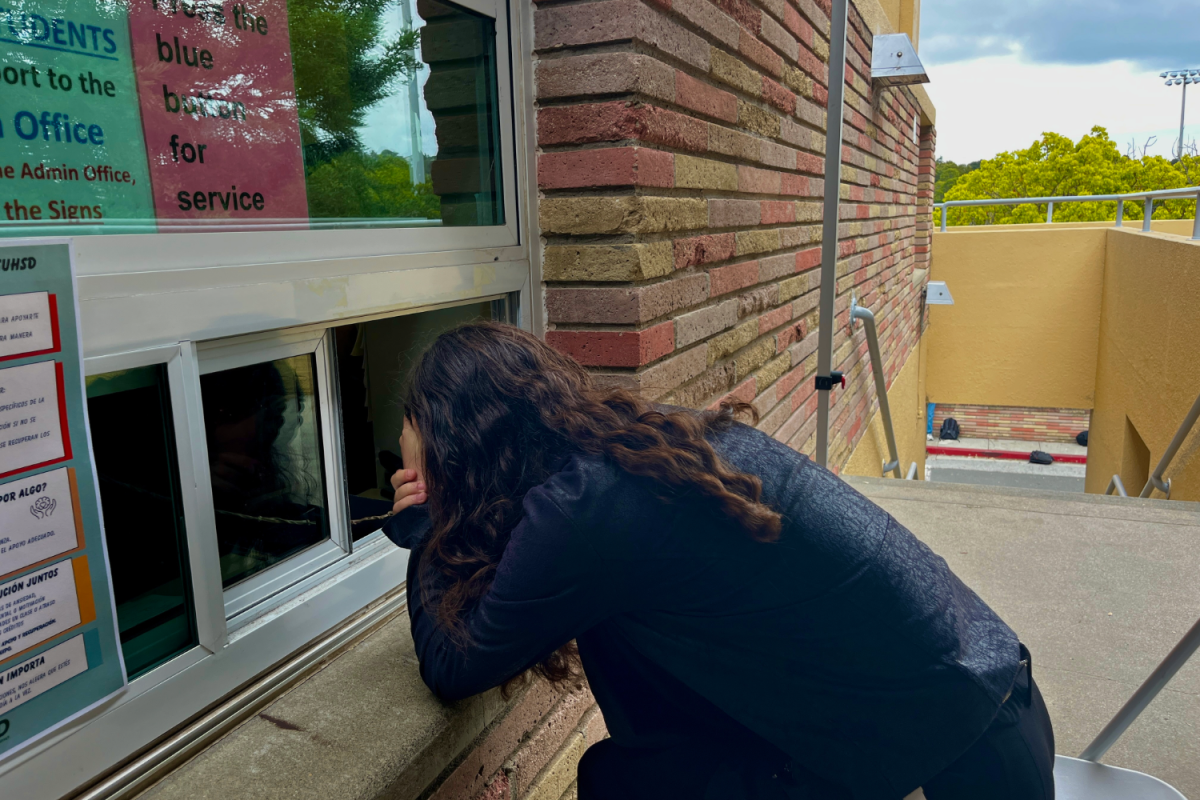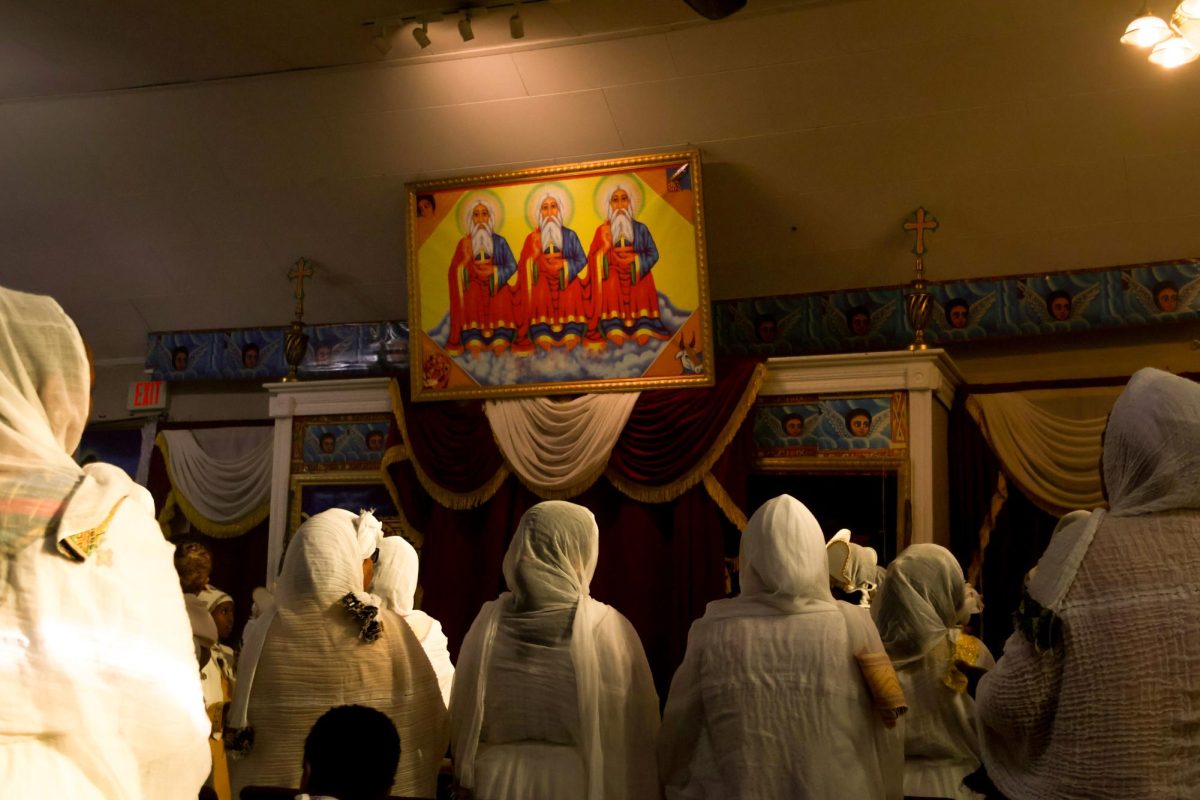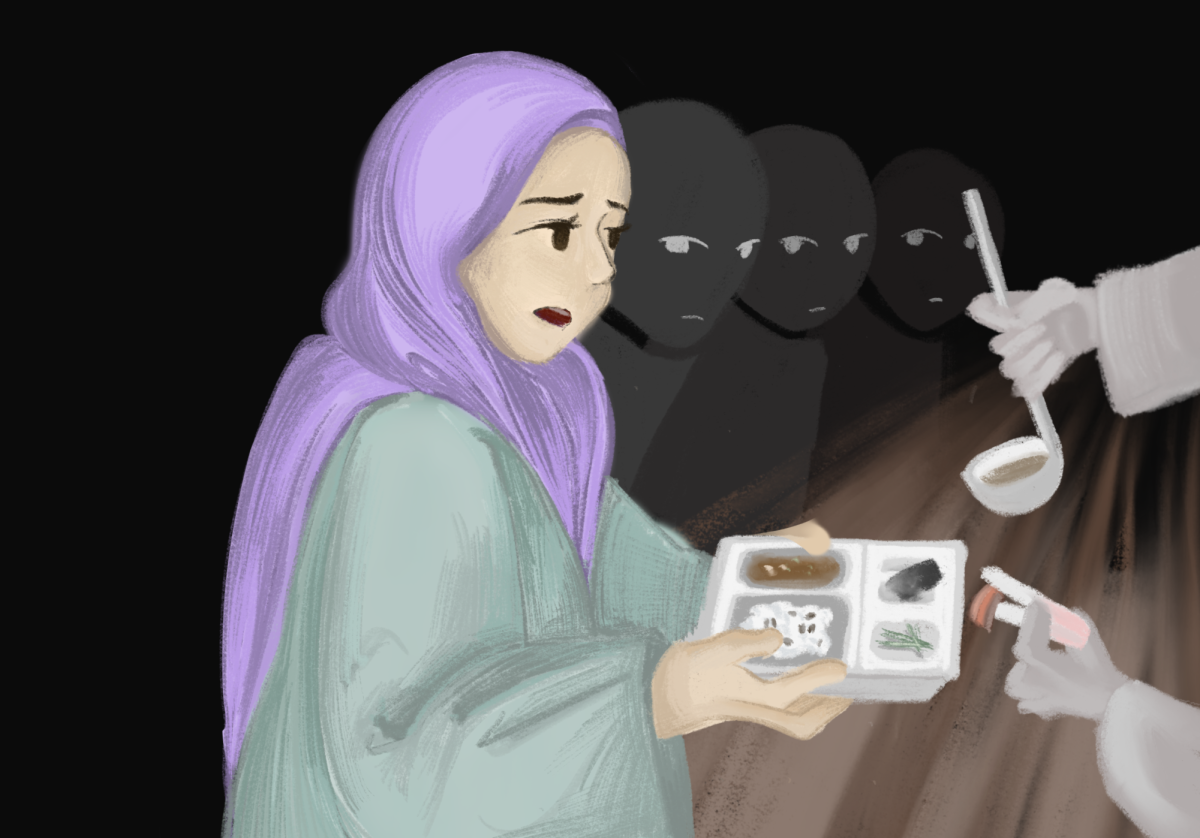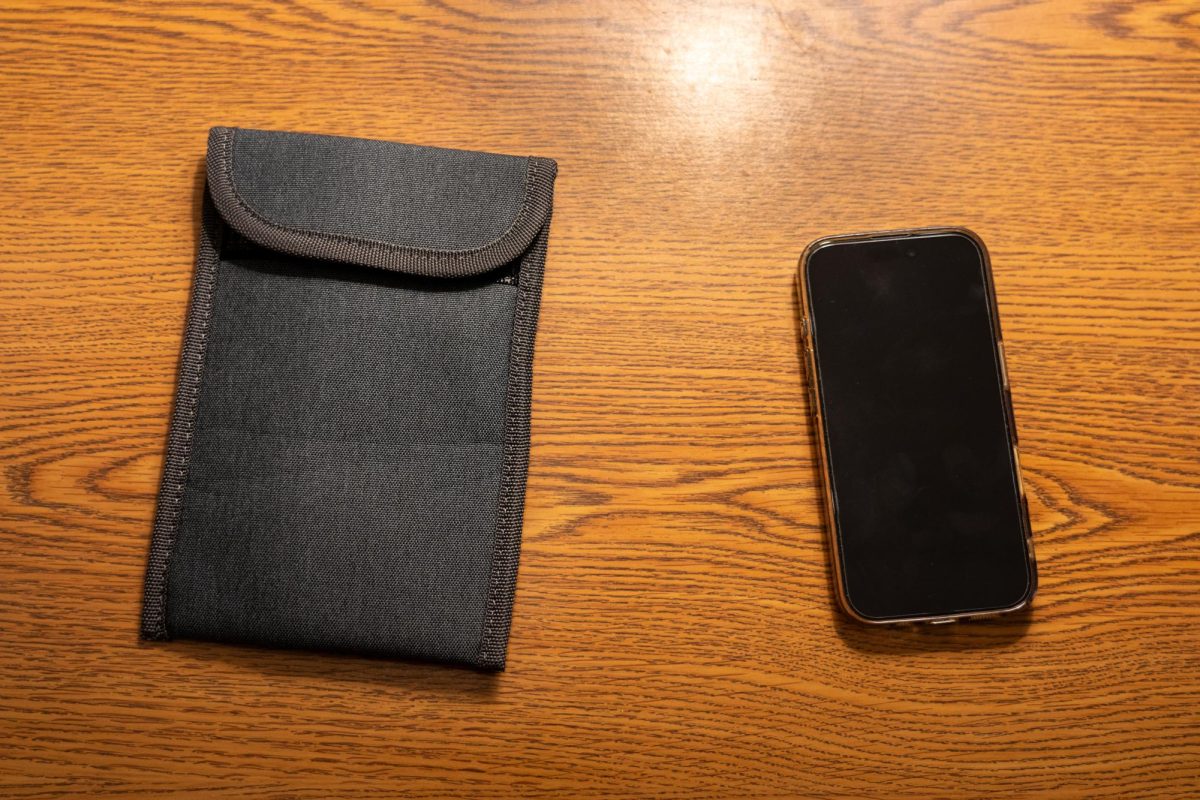Tragedy of Itaewon impacts students on campus
November 21, 2022
With partygoers surging from every corner of the streets, ambulances speeding amongst the swarming stampede, and residents and tourists hopelessly falling to their knees, the nightlife district of South Korea had become a path full of disaster and horror.
On Oct. 29, tens of thousands of people headed to the center of the South Korean capital of Seoul, Itaewon, to celebrate one of the world’s most observed holidays, Halloween. However, as the crowds began to swell, the night that was supposed to be full of festivities soon turned into one of the country’s worst disasters, with dozens injured and more than 150 dead.
With 2022 being the first Halloween after the lift of social-distancing restrictions, police expected a surge of attendees and prepared to keep attendees safe.
In fact, Itaewon is often known for the young adults who go all-out with costumes, makeup, and drinking. However, the popularity of Itaewon hasn’t always been this established; Halloween was never a traditional holiday in South Korea.
The celebration gained popularity during the 2010s, as seen in Young Min’s Naver photography blog, which captured photos of foreigners and Koreans in festive costumes.
According to sophomore Christine Han’s mother, Younkyung Cho, the location is a hot spot for Koreans to meet foreigners because embassies surround Itaewon.
“Until ten years ago, it [Halloween] was an event to help people [South Koreans] understand Western culture,” Cho said. “Itaewon is now a place that has been moved, but there used to be a U.S. military base, and there are embassies from different countries, so it is a place where a lot of foreigners who worked there gathered. Unlike the United States, Korea is one race. That’s why I think Itaewon is a very interesting place to go to and meet people from different countries.”
However, district officers failed to keep their promises. With the lack of police regulation and enforcement at the party, senior Jay Youn worries about the safety and well-being of his relatives.
“One specific event that had impacted me was how one girl called the police three hours before any casualties ever happened, but the police proceeded to ignore the call,” Youn said. “The fact that my grandparents live very close to Itaewon has me wondering how safe the police department is for Seoul and keeps me worrying for their personal safety.”
Youn also believes that the people of Korea, specifically law enforcement, could have done more to reduce or prevent the situation from happening.
“I feel that the idea of having a party shouldn’t be restricted by no means, but the way it was executed at Itaewon was very unprofessional from those who were partying and those who were regulating the streets,” Youn said. “If anything, the whole event should’ve been endorsed by someone or had included more police escorts similar to ones at other holiday parades and events.”
For South Koreans, such as senior Jayna Yoon, hearing the news of the incident was heartbreaking.
“I heard about the event from my relatives in Korea, but I only realized how huge the event had been and how many had been killed after reading about it in the news,” Yoon said. “I think it’s absolutely disheartening to have lost so many young lives due to recklessness, and I can’t even imagine the absolute panic and fear the people must have felt.”
For senior Joseph Jung, the whole tragedy was one of shock and frustration, with the event unfolding no more than ten years after the devastating sinking and drowning of South Korean students aboard the MV Sewol.
“I was really horrified about the incident happening because when I was in elementary school in Korea, I remember there was a massive casualty incident where many high school students were drowned while they were on a field trip to Jeju Island,” Jung said. “I couldn’t believe that a similar thing was happening again less than a decade later.”
Likewise, Cho was reminded of the Sewol ferry tragedy and partly blames the stampede on the previous lack of punishments enforced after the incident. Cho is determined to bring victims justice via sustainable, substantial changes to South Korea’s leadership.
“I also participated in the demonstration for the resignation of the president during the Sewol ferry disaster eight years ago,” Cho said. “The government changed with the voluntary participation of citizens, and the country had grown enough to feel proud as a Korean. However, the punishment of those responsible was not properly implemented at that time. However, the citizens who were deceived by the public opinion they created gave them power again, and an accident occurred again. This time, I will watch with interest to make sure that the wrongdoers are properly held accountable and not to be deceived by those in power. Also, if there is another demonstration for the resignation of the president here, I will definitely participate.”
In light of Korea’s past incidents in the last ten years, Jung hopes the country can learn about the significance of urgency.
“The two big takeaways of the incident are the importance of being thoroughly prepared in advance of a mass event and reacting quickly to emergency calls,” Jung said. “I think they have paid an unnecessary price to intimately feel how it is imperative to plan ahead of preparation for festivals and other mass events, like strategically pre-locating police for traffic control and streamlining communication within the emergency departments in case something like the stampede might happen again.”
This story was originally published on Wingspan on November 14, 2022.



































